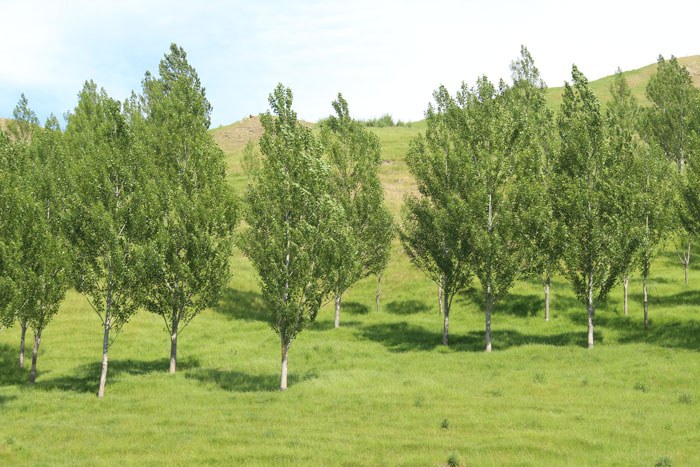Erosion Control in your budget 2018
Posted on March 13, 2018

Farmers are being urged to budget for the buying and planting of erosion-control willow and poplar poles.
“It’s important to plan ahead to make sure the money is in your farm budget not just to buy poles but get them to your farm, planted and protected,” says Ian McIvor from the Poplar and Willow Research Trust.
“Most regional council or private nurseries need to have your order by late May at the very latest so they can be sure to supply what you need.
“They will have a good range of varieties to cover varying situations, such as hot and dry, wet and shaded or more visually appealing… but you risk missing the best options for your farm if you leave it too late.”
Poplars and willows stabilise pastoral hill country, increase water storage, reduce sediment transfer, improve water quality, benefit stock in terms of shade and shelter and enhance the general farm environment. Research shows poplars and willows are the most effective trees for preventing erosion and reduce slippage by up to 95 per cent. Trimmings can also be used as stock feed in times of drought.
“Planting poles is a labour-intensive job, but the rewards are magnificent. It’s hard to find a hill country farmer who regrets planting, because it makes such a big difference to any farm.”
Regional councils have printed catalogues of poplar and willow varieties and detailed information and pictures can be found on the Poplar and Willow Research Trust website www.poplarandwillow.org.nz. This also has how-to videos for choosing your varieties, selecting the best sites for them and the best ways to plant and manage them.
Farmers can also approach their own Regional Council land management advisors directly for specific advice in terms of localised climate, soil types and grants or allowances, which can differ in dollar size and threshold.